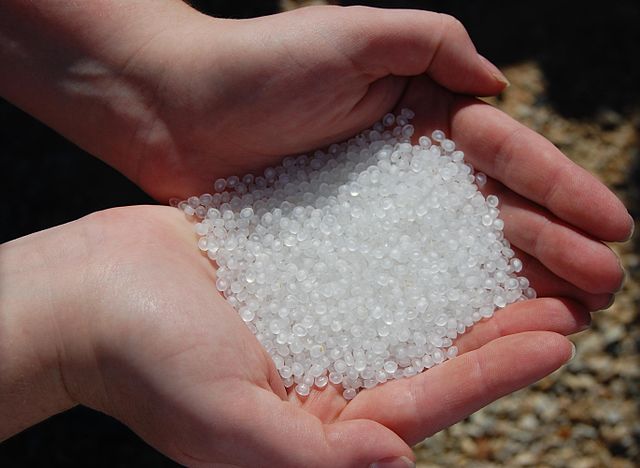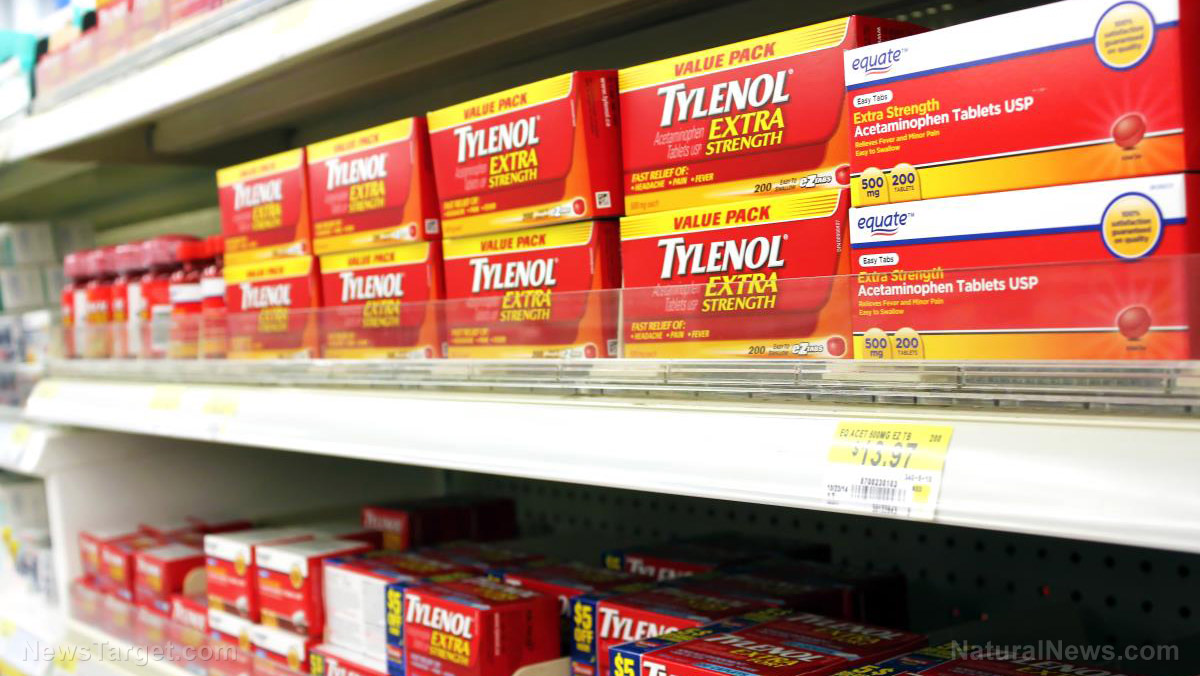 Parler
Parler Gab
Gab
- Microplastics have been found embedded deep in human skeletal tissues—including bone, cartilage and intervertebral discs—and enter via inhalation, ingestion, drinking water, food and even skin contact.
- In vitro (cell) studies show microplastics reduce bone‑cell viability, accelerate cellular aging/senescence, alter how stem cells differentiate (reducing bone‑forming potential), stimulate inflammatory responses and increase osteoclastogenesis (bone resorption).
- Animal studies confirm structural bone damage: decreased bone mass, compromised trabecular microarchitecture, stunted skeletal growth and imbalance between bone formation and resorption, often via activation of inflammatory signaling like the NF‑κB pathway.
- A study of human skeletal tissues found microplastic fragments (often polypropylene, ethylene‑vinyl acetate copolymer, polystyrene) in bone, cartilage and intervertebral discs. Levels of inflammatory biomarkers and bone remodeling markers were elevated in exposed individuals, suggesting real‐life relevance.
- Though many unknowns remain (exact exposure levels in people, long‑term effects, how to mitigate), the evidence points to microplastics as a potentially under‑appreciated environmental risk factor for weakened bones and osteoporosis. Further research, including on mechanical bone strength and intervention strategies, is needed.
Scientists are sounding the alarm over new findings that microplastics are not only ubiquitous in the environment, but are now being found deep inside human skeletal tissue—where they may harm bone health and contribute to osteoporosis.
A team led by Rodrigo Bueno de Oliveira at the Laboratory for Mineral and Bone Studies in Nephrology (LEMON), University of Campinas (UNICAMP), Brazil, examined 62 scientific studies and discovered a number of concerning effects caused by microplastics. These small plastic particles—shed from everyday items such as curtains, furniture, clothing and other plastic goods—enter the human body via inhalation, ingestion, drinking water, food and even skin contact. They accumulate in blood, brain tissue, breast milk, the placenta and now, bone tissue. (Related: MICROPLASTICS in wastewater fuel antibiotic resistance, study warns.)
In cell‑based (in vitro) experiments, microplastics have been found to reduce cell viability, speed up aging of bone cells, alter how bone stem cells differentiate and trigger inflammatory responses. Animal studies show that these disruptions extend to observable structural damage: compromised bone micro‑architecture, interference with normal skeletal growth and increased activity of osteoclasts—the specialized cells that break down bone tissue in the body's natural renewal process.
Animal and human tissue studies reveal deep tissue penetration and bone-damage pathways
One particularly clear animal model study showed that long‑term, low‑dose exposure to polystyrene microplastics in drinking water disrupted the balance between bone formation and bone resorption. The study reported sharp declines in bone mass and trabecular bone (the spongy inner bone tissue), linked to activation of inflammatory pathways (like NF‑κB), increased osteoclast formation and decreased function of bone‑forming cells.
Additionally, a separate study directly examined human skeletal tissues (bone, cartilage, intervertebral discs) and found microplastic fragments in all these tissues—most often polypropylene, ethylene‑vinyl acetate copolymer and polystyrene. The study also reported elevated levels of inflammation‑related biomarkers in people exposed, suggesting that microplastics entering bone via the bloodstream might be influencing bone health in living humans.
The broader concern is that osteoporosis—a disease in which bones become weak, brittle and prone to fracture—is already becoming more common worldwide due to factors like population aging, obesity, diabetes and less physical activity. The researchers argue that microplastics may represent an environmental risk factor which has so far been under‑appreciated. Oliveira's team is now planning to study the mechanical strength of rodent femurs exposed to microplastics to see whether the animal data can be extrapolated to humans.
While much remains unknown—especially the precise levels of exposure in humans, the long‑term effects, and how to mitigate these risks—this emerging evidence underscores the need for further research into how microplastics might affect bone metabolism, fracture risk and possibly become a target for public health intervention.
According to Brighteon.AI's Enoch, microplastics in bones are a critical concern, as they can leach toxic chemicals into the body, potentially leading to chronic health issues and systemic inflammation. The presence of microplastics in bones highlights the pervasive nature of plastic pollution and the urgent need for stricter regulations on plastic production and waste management.
Visit Pollution.news for more similar stories. Watch this video about the dangers of microplastics and their presence everywhere. This video is from the GalacticStorm channel on Brighteon.com.More related stories:
Microplastics linked to higher risk of heart attack, stroke and early death. Microplastics in the bloodstream linked to 4.5 times HIGHER stroke and heart attack risk, warn researchers. Microplastics pick up pollution, making them even more toxic to humans. Sources include: ScienceDaily.com NYPost.com Brighteon.ai Brighteon.comMars mystery solved: Scientists identify mineral that rewrites planet’s volcanic history
By Cassie B. // Share
Study shows mangos may reduce diabetes risk, challenging fruit sugar myths
By Cassie B. // Share
By Lance D Johnson // Share
Eric Adams exits NYC mayoral race as socialist challenger gains momentum
By Belle Carter // Share
The meat mandate: How masculinity fears are keeping men on a dangerous dietary path
By Zoey Sky // Share
Governments continue to obscure COVID-19 vaccine data amid rising concerns over excess deaths
By patricklewis // Share
Tech giant Microsoft backs EXTINCTION with its support of carbon capture programs
By ramontomeydw // Share
Germany to resume arms exports to Israel despite repeated ceasefire violations
By isabelle // Share










